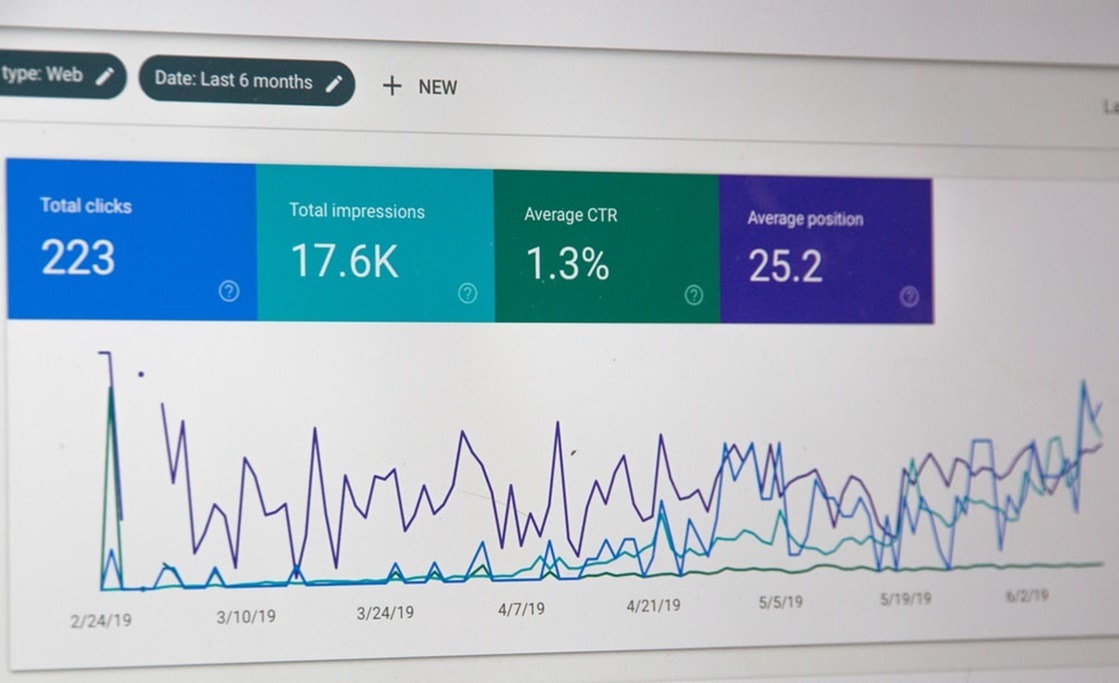Google SERPs tracking refers to the process where pages on search engines, like Google, return something after someone searches queries. In conjunction with the organic search results, it may include PPC ads and sponsored search.
The SERP ranking can be competitive because of optimization of SEO since visitors are inclined to click on results that are on the first pages. When a schema markup is launched, SERPs will become more complicated.
You may use different strategies to improve rankings on search engines. Though it is important to see what those results are and how they rank so as to help your advertising strategies.
Now, SERPs are more diverse aesthetically than they were before. This is why it is important to learn several strategies for tracking SERPs.
Forms of SERPs
When looking at SERPs from Google or other search engines, you will come across two different kinds of results. These include paid and organic.
On paid SERPs, Google AdWords usually allow websites to pop up on top of the result for the chosen keyword. They usually pay Google each time a person clicks on the ad. Usually, those results will display at the bottom and top of the SERP. You will find them written as ‘Ad’ next to the URL.
Most people are used to traditional organic listings of descriptions and Meta titles. However, in recent years, Google has added several SERP features. Features like the Knowledge Pack and Featured Snippet may impact organic traffic significantly.
While paid advertisements are quick ways to get to the top of search engine result pages, competing for organic results is more challenging and fierce. But if you are familiar with ways of featuring search engine result pages and know how you will earn from individuals’ clicks, you can get more traffic organically.
Tracking SERPs
There are a lot of details online that explain how you may optimize sites and improve your online presence to boost the visibility of your website in SERPs.
But what is not discussed more often is that it would be very important to use tools and several strategies to track your SERPs with SEO optimization campaigns. Some of these strategies and tools are discussed below:
1. Take Google Search Console Data Outside
In order to leverage data from Google Search Console, it would be a great idea to export it for analysis in other tools, such as Google Data Studio or Excel.
You may successfully and easily export Google Search Console data in a document with unique pages that cut data by devices, specific queries, countries, and pages.
Plugging that data into another tool will help to make sure it gets saved and enable you to carry out a more sophisticated analysis, which is achievable in Google Search Console.
Some experts suggest that you can also use Google Data Studio to blend data to ensure you may cross-reference positions with an on-site metric from Google Analytics. This will basically offer you an insight to perform better.
2. Consider Website Plugins
Basically, website plugins are a great SERP tracker. For instance, people using WordPress will have access to plugins like these that enable them to create a list of important keywords they can track and, at the same time, internally generate reports right from the WordPress dashboard.
Website plugins are not just convenient to use. While some website plugins come with some drawbacks, most have mitigated these. So it all depends on the type of plugin you go for.
3. Use Tracking Tools
There are many tools for tracking SERPs. But according to many experts, the following are the most popular and effective tools you can use to track SERPs:
- SemRush: This tool uses a collection of sophisticated data to show your general rankings as well as their featured snippets, competitors, keyword cannibalization, and distributions. Using this tool means you will be able to set up campaigns and even manage to specific your keywords, location, and domain name. With SemRush, you may view your ranking data from a user-friendly interface, export information in PDF format, and set up an email alert.
- Mangools – SERPWatcher: Technically, Mangools is a collection of 5 different SEO tools, with SERPWatcher being the most common one. SERPWatcher is one of the best tools that you can use to track SERPs.
- AccuRanker: This is one of the standalone tools for tracking SERPs that most SEO consultants and agencies alike use to monitor competition, track rankings, and tie movements back to conversions and traffic with the most accurate as well as fastest SERP data.
- Moz Pro: Like Mangools, Moz Pro is a suite of different SEO products, and this includes its SERP tracking tool. With the tool, you may set up campaigns that will monitor your keywords across various devices and over time.
The Takeaway!
Although many businesses concentrate on SERP rankings, the truth is that the highest rankings may take your business very far.
Besides, the ranking will not make you cash. Generating traffic is what will bring money. That is why you need to know the keywords that can make your website rank high and bring traffic to the site.


